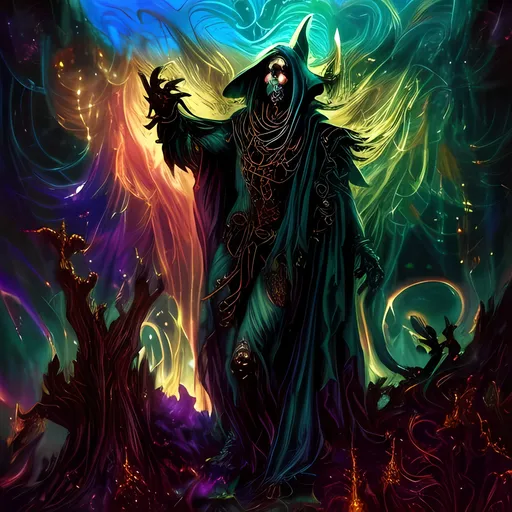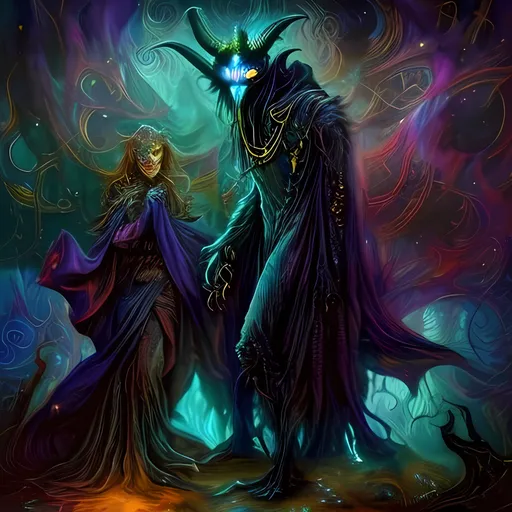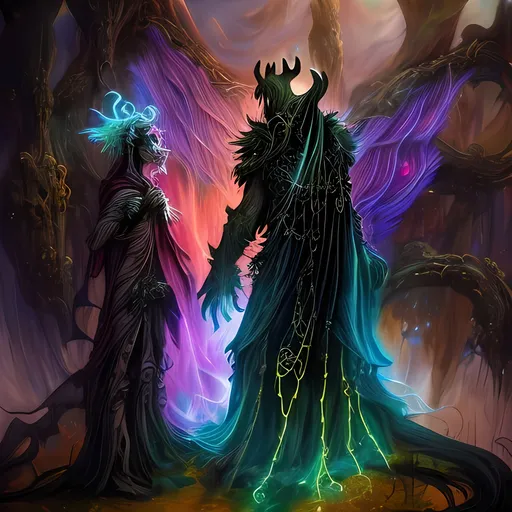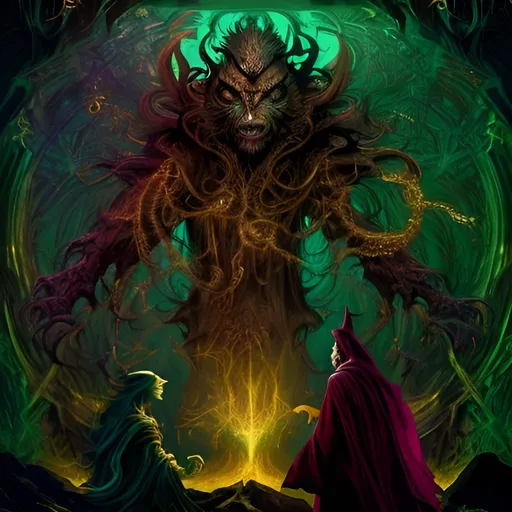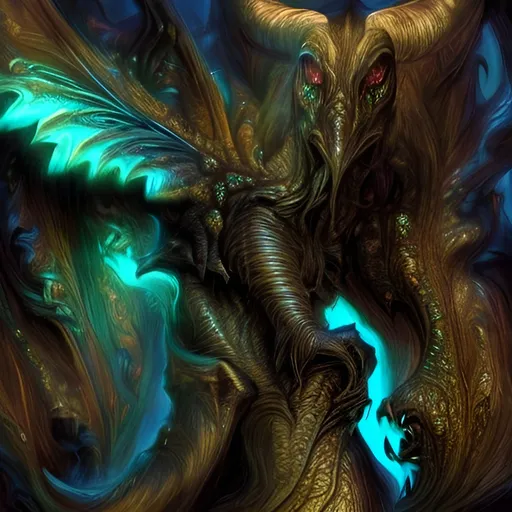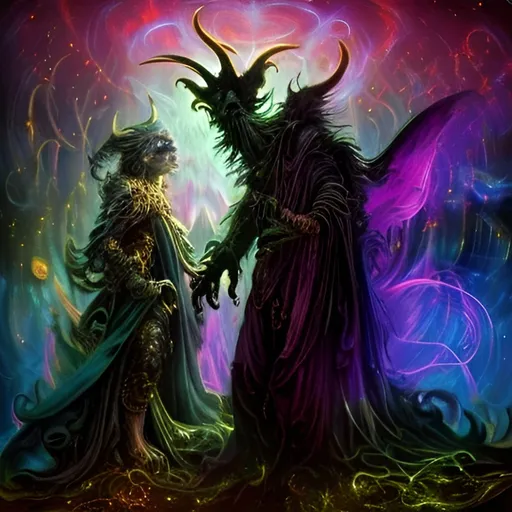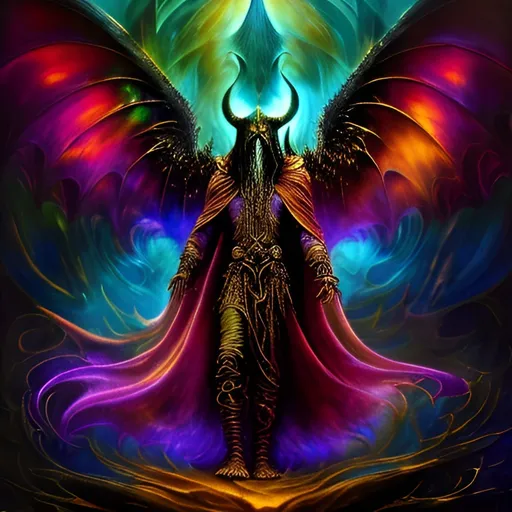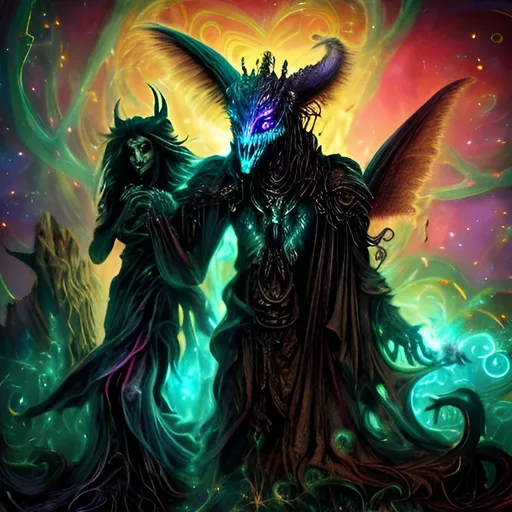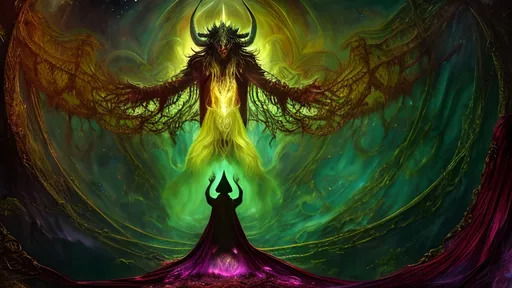Nicholas Marazoff
Subject description:
1. Physical Features:
• Clearly describe each physical feature of the creature individually, suc...Show more
Made by: Sketch to image
Subject Description: 1. Physical Features:
• Clearly describe each physical feature of the creature individually, such as body shape, limbs, tail, wings, or horns.
• Provide details about the size, scale, and placement of each feature.
• Mention any unique characteristics, such as scales, fur, feathers, or glowing elements.
2. Expressions and Emotions:
• Describe the emotions conveyed by the creature, including expressions like curiosity, fierceness, or playfulness.
• Specify details such as movement of wings, tail, or any magical elements to emphasize the creature’s mood.
3. Proportions:
• Ensure that the proportions are consistent with the mythical nature of the creature. For example, unusually long necks, large eyes, or elongated limbs.
• Highlight any distinctive proportions that make the creature stand out from common depictions.
4. Lighting and Shadows:
• Consider the direction of magical or natural light to create highlights and shadows on the creature.
• Describe how light interacts with scales, fur, or other magical aspects, adding depth and mystique.
5. Angles and Perspectives:
• Specify the angle or perspective from which the creature is being observed, especially if it has multiple heads, tails, or unique appendages.
• Detail how the creature’s features change with different angles or expressions.
6. Creature’s Personality:
• Connect the creature’s physical description to its personality or mood. For example, a creature with sharp, fierce features might convey a more aggressive demeanor, while a graceful creature might suggest elegance.
7. Creature’s Structure:
• Mention the underlying structure of the creature, such as skeletal elements, wingspan, or magical auras.
• Describe how the creature’s body is shaped, whether it’s serpentine, humanoid, or an amalgamation of different forms.
8. Age and Gender:
• Indicate the age and gender characteristics of the creature, if applicable, through features like size, markings, or ornate details.
9. Clothing and Style:
• If the creature wears accessories or exhibits stylistic elements, describe these in a way that complements its mythological nature.
• Consider any magical or symbolic adornments that contribute to the overall appearance.
10. Background:
• Consider the mythical environment or context in which the creature exists. This might include ethereal landscapes, ancient ruins, or celestial realms.
• Describe how the surroundings influence the creature’s appearance, enhancing its mythical essence.
Remember to maintain a balance between detail and conciseness, focusing on the most distinctive and essential aspects of the creature to create an enchanting and immersive description.
a steampunk wizard, embodying the fusion of Frank Frazetta's flair and Caspar David Friedrich's essence, stands in grandeur. The wizard is dressed in a cloak of gold and has eyes of fire, creating an eerie and mystical atmosphere. Suddenly, a mythical Beast bursts forth from the mansion, disrupting the space with its presence. The Mythical Beast, bathed in electric blue and bright green hues, appears to be a harmonious blend of Bosch, Grünewald, and Dürer's influences. In this postapocalyptic style scene, the conjurer and a witness observe the unfolding chaos, where magic and mythology collide. The wizard adeptly summons and binds the mythical beast with maroon Neon Holofractured Neuralux Biolumiwireframe cuffs, chains, and shackles, restraining it and containing its power. Amidst the destruction, remnants of magical energy linger, emphasizing the bound mythical beast with Phong, casting a radiant red glow on nearby surfaces
In a hidden grove bathed in the soft glow of twilight, a mystical creature named Luminara comes to life. This ethereal being is a delicate fusion of butterfly wings, opalescent scales, and delicate tendrils that dance in the breeze. Luminara’s eyes shimmer with an otherworldly luminescence, reflecting the colors of a nebula. The creature moves gracefully, leaving a trail of stardust in its wake.
As Luminara flutters its wings, a melodic hum resonates, casting a calming aura around it. The creature’s body appears weightless, as if it exists between the realms of dreams and reality. Its proportions are elegant and harmonious, with each wingbeat creating a mesmerizing pattern of iridescence.
When observed from different angles, Luminara’s form seems to shift, revealing hidden patterns and symbols that hint at its celestial origins. The creature exudes an aura of ancient wisdom and serenity, inviting those who encounter it to step momentarily into a realm where magic and nature entwine.
Remember to strike a balance between detail and conciseness, focusing on the most distinctive and essential aspects of the creature to create an enchanting and immersive description
, in a post apocalyptic style
Style: Interior Design
Color Theme: Pale Turquoise
Width: 512
Height: 512
Seed: 656169503
Create your first image using OpenArt.
With over 100+ models and styles to choose from, you can create stunning images.


